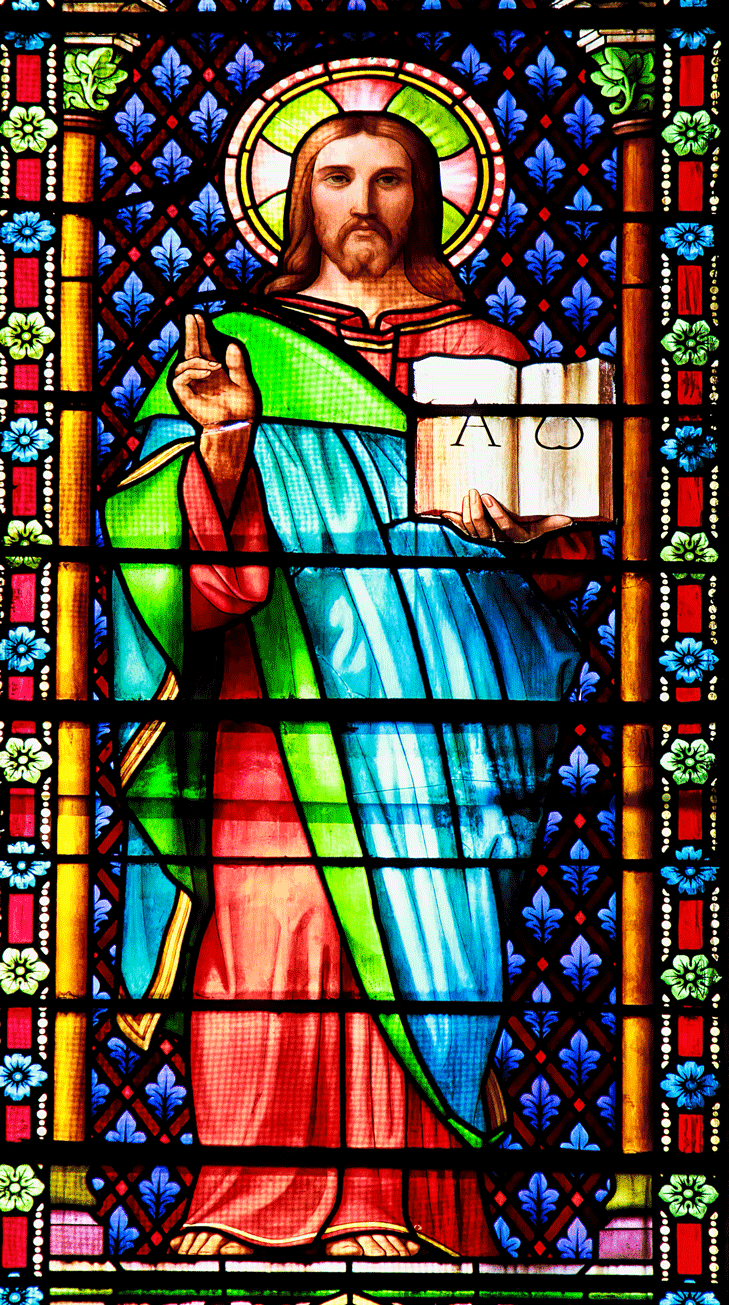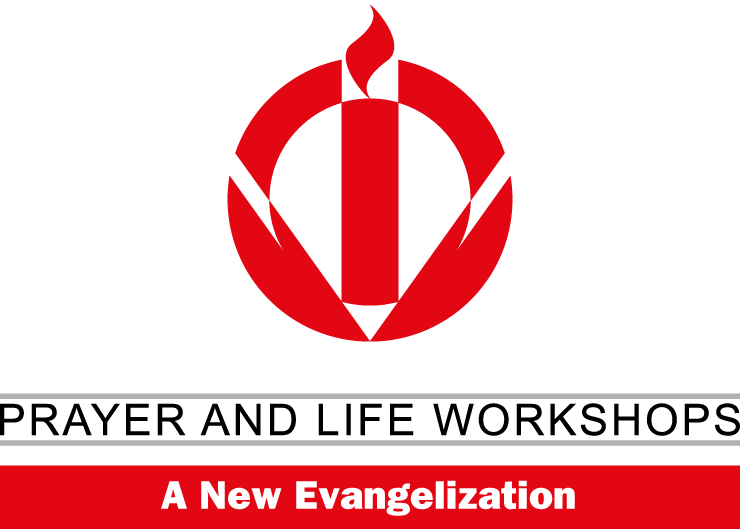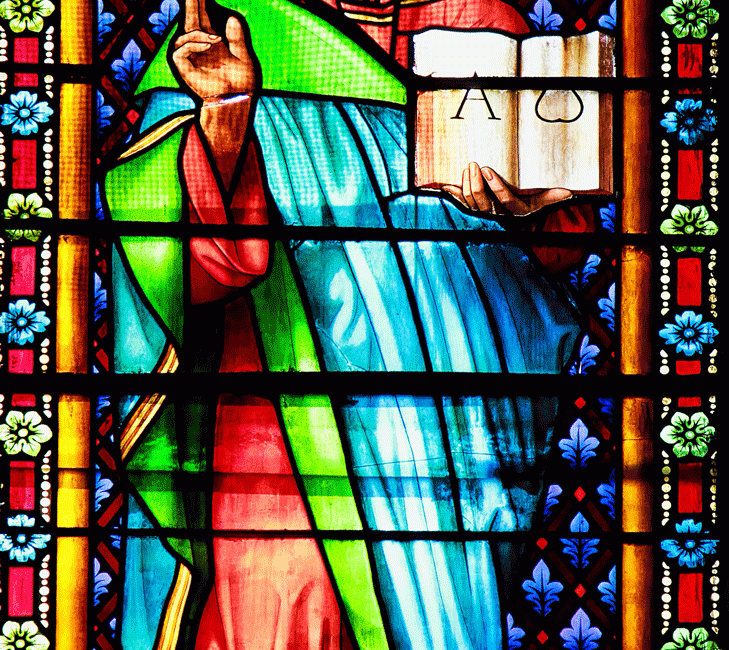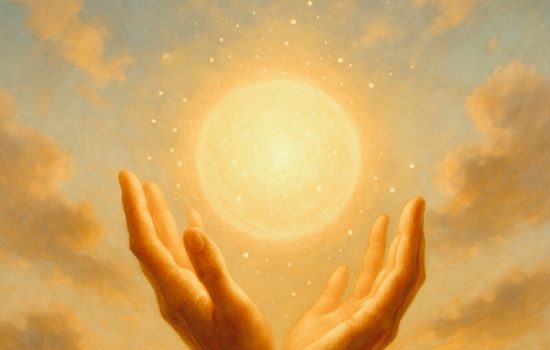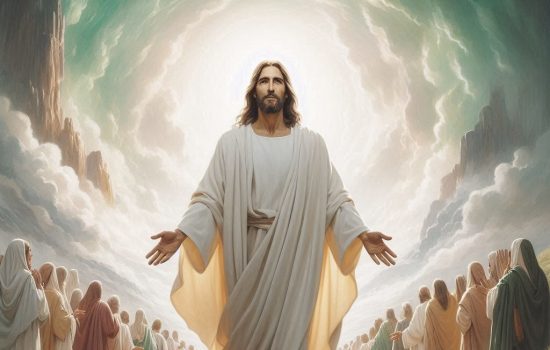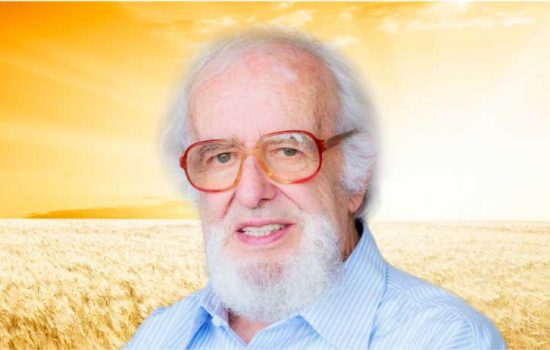History has not ended; instead, everything begins now. Death no longer has the last word over the Poor One; on the contrary, it was he who, giving himself up to death, bent it to submission and took away its most fearful sting.
There is no other affirmation so categorically repeated in the New Testament, whether in the Gospels or in other apostolic writings, as this one: Christ rose from the dead.
According to the primeval catechesis, the resurrection is not just a sequel, but a consequence of the death of Jesus; that is, the resurrection not only follows chronologically after the death of Jesus, but rather the death of Jesus is the seed from which sprang the resurrection. According to a Christological formula which already circulated among the primitive communities some fifteen years after the death of Jesus and which Paul took up in his letter to the Philippians, (Phil 2:6-11) “Christ was obedient until death, even death on the cross,” …for which, it merits to say, from this reality, pulling him from this root, God exalted him.
His “Passover” through death would give birth and would allow the Kingdom to bloom, something which Jesus, during his life on earth, was not able to achieve.
But now, at the least expected moment, when the great chiefs were sleeping tranquilly after sealing the tomb and putting it under guard, precisely now, the Father enters the kingdom of death, and against all hopes, rescues his Son from death, and constituted him Lord, putting a new people of believers on the move after him, and innumerable crowds from all tribes, races and nations, to the ends of the earth. The grain of wheat, dead and buried under the earth, is not a golden spike swaying in the breeze. From death, life is born; from humiliation, glory and exaltation. The Poor One from Nazareth is now the Lord Jesus.
In other words: the resurrection of Jesus is not a dogma that was born in the womb of the Church, but that the Church herself was born around this faith in the Resurrected. Without this certitude, similar historical caravans following the steps of Jesus would never have made a move.
We have seen how the disciples of Jesus followed the Master with difficulty on his way to Jerusalem; and at the moment of testing, “all abandoned him,” leaving him to die alone. After three days, chastened by shame and sadness, and by the shipwreck of their hopes, they were “within locked doors” waiting for the storm to blow over and peace would be restored; then they could go back to their boats and their nets…
And now, suddenly, those disillusioned disciples seem like men renewed, confident and brave, who with great creativity and inspiration, took the lead of a movement that created an immediate impact and was advancing incessantly forward and upward, while neither persecution nor misunderstanding could detain them.
What happened? They affirmed once and again that it was their re-encounter with Jesus. They did not tire of repeating, like enlightened ones, and almost obsessively, that Jesus who was dead and buried, is alive; and it was not just seeing him at different places without previous arrangement, but of sporadic visits whose initiative belonged to Jesus himself. They were absolutely certain that they had met with the resurrected Jesus; and this was something unquestionable, an immediate certainty, that needed no justifications or explanations; they had established a personal relation with him, on the deep levels of faith, adhesion, and commitment, and through this relationship, they received an enthusiasm, a vitality, a fire that made them see clearly that Jesus had triumphed forever over hate, injustice and death.
Jesus, resurrected and alive, is the ultimate reason for the community of disciples, for the Church and its universal transhistorical expansion.
Extracted from the book “The Poor One of Nazareth” by Fr. Ignacio Larrañaga.
